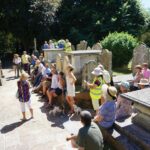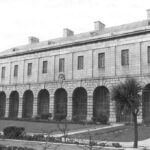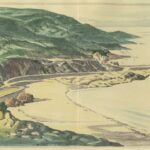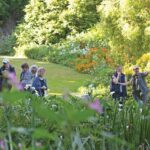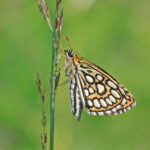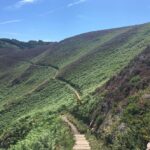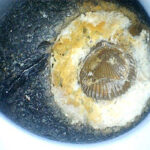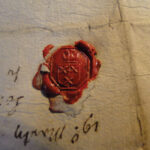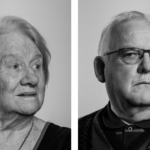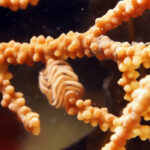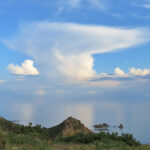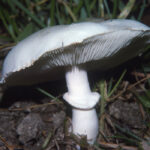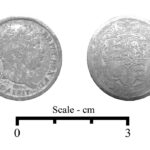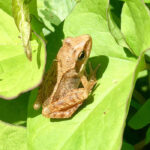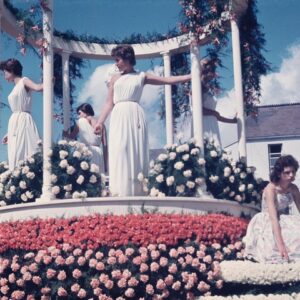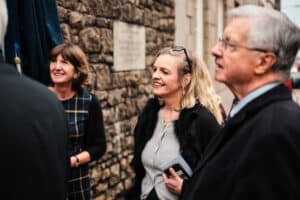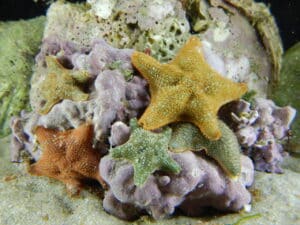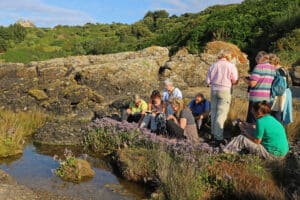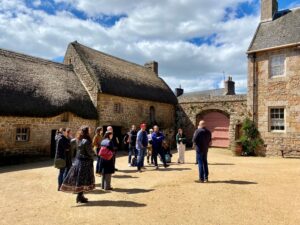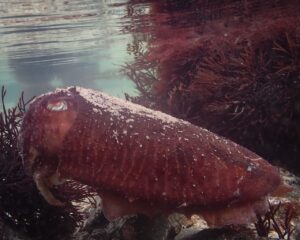Over 150 years, the Société Jersiaise has been a hub of academic research and discoveries and a driving force when it comes to learning more about the Island’s history, culture language and environment. Dedicated to deepening our understanding of our Island home across a range of specialised areas of interest, the Société celebrating a century-and-a-half of research this year is a real milestone for the Jersey community.
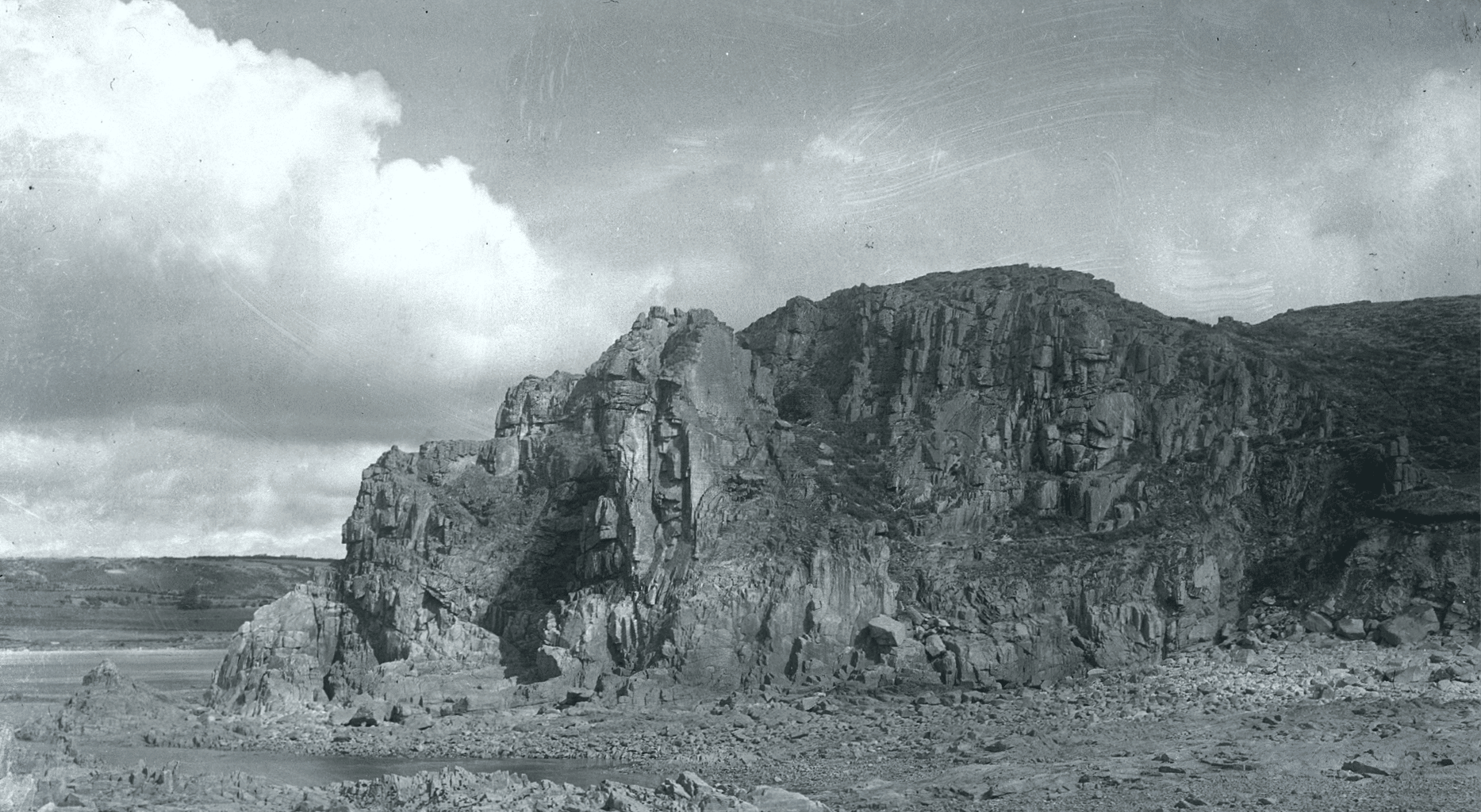
La Cotte de Saint-Brelade. Emile Guiton, 1912
In keeping with the organisation’s keen connection with the past through its various heritage and archaeological projects, let’s take a look back over the last 150 years at various highlights in the Société’s history…
1873 was a landmark year the world over: the first patent for blue jeans was bought, Japan switched over to the Gregorian calendar, and crucially, the Société Jersiaise was officially founded.
The spark ignited when a small number of prominent Islanders who were interested in the study of history, language and the antiquities of Jersey got together and resolved to start a new society. Soon, membership grew and, with it, the scope of the organisation; it began to publish historical documents, open a Museum, and commence study of the Island’s natural history.
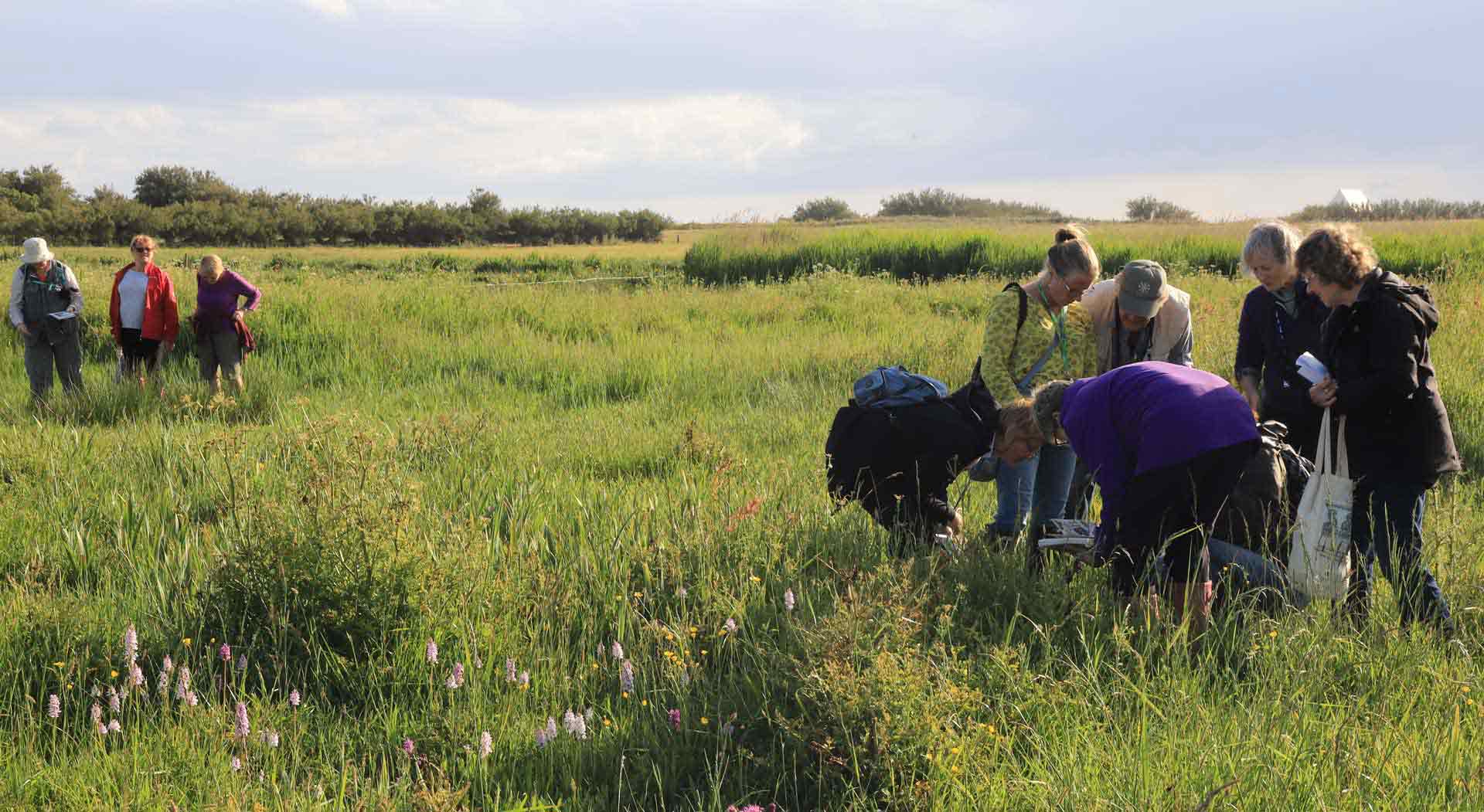
The first of the Société’s ‘sections’ (areas of special interest) were founded in 1914 and now there are 17 different sections dedicated to local research and discoveries. Over the years, the Société has been responsible for a number of major achievements, among them acquiring and looking after several of the Island’s most precious historical sites including La Hougue Bie, La Cotte de St. Brelade. The Société also played a key role in paving the way for the establishment of the Jersey Museums Service and Jersey Heritage Trust.
From major archaeological discoveries like the uncovering of the grave passage within the mound at La Hougue Bie in 1924 to the ongoing running of our extraordinary photographic and library archives, the Société is a cornerstone for the documentation and preservation of Jersey’s unique natural and social history.
And 150 years later, this work continues today. Through its various sections, the organisation is still providing a home for pioneering research and discoveries in and around Jersey. And perhaps it’s because of the Société’s strong relationship with the past that is the secret to its staying power.
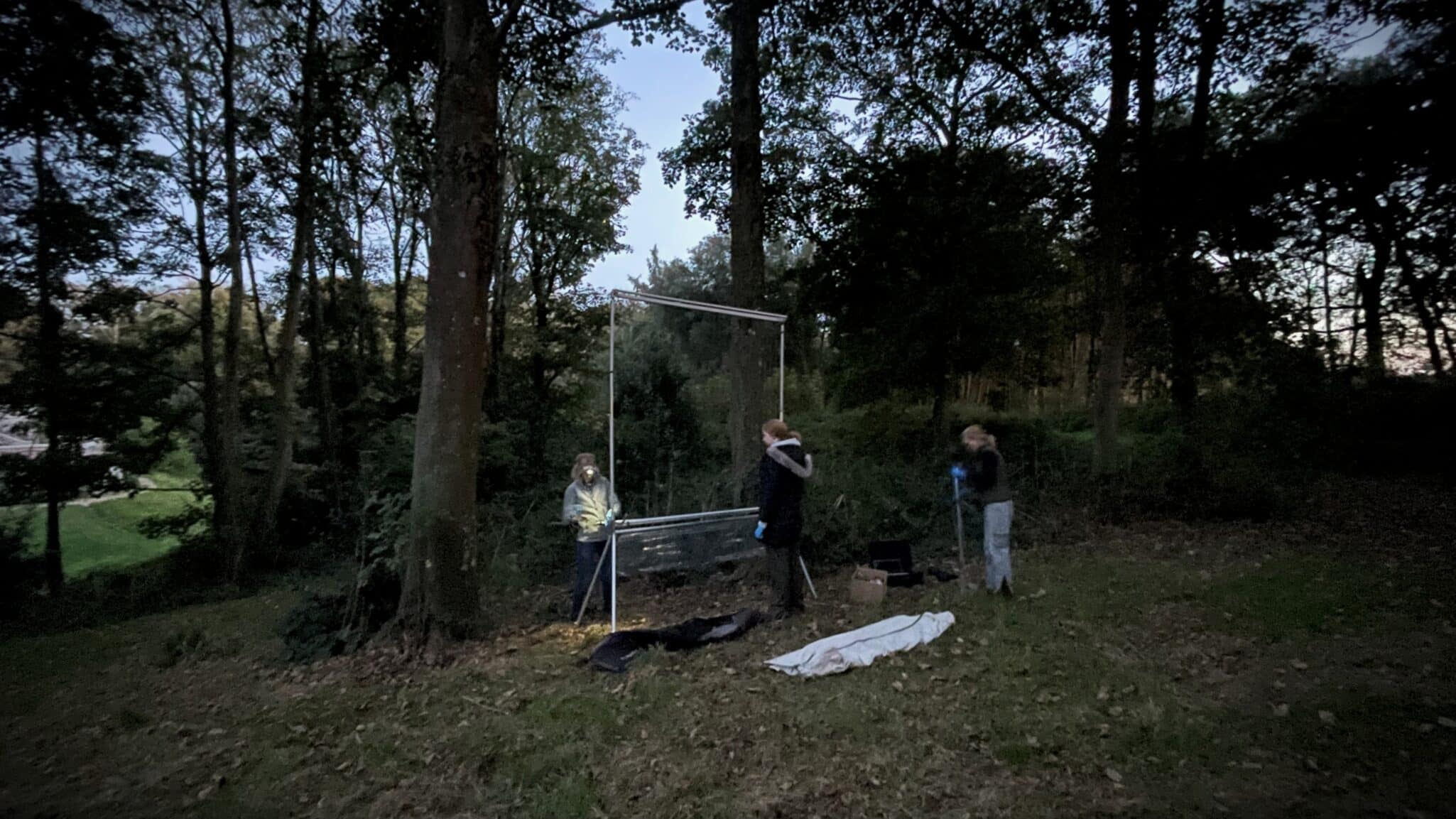
We spoke to a few of the Société’s most active members about what the institution means to them across the various sections, and this is what they said…
For some, like Pat Jackson from the Garden History section, just as it did in the late 19th century, the organisation continues to be a source of inspiration for some of the greatest local minds. Pat commented: “I appreciate the friendly interchange of ideas; the enjoyment of garden visits seeing plants and design; and delving into Jersey’s horticultural history where the SJ research resources are a valuable asset.”
Field Archaeologist Dr Hervé Duval-Gatignol echoed this sentiment: “To me, as Field Archaeologist, the Société Jersiaise is all about the opportunity of understanding, learning, and sharing with others. To understand through studies, surveys, or excavation. To learn by doing research, not necessarily on our own, but on the contrary with the help of our members. Last but not least, to share with others as there is no better place for knowledge. By doing that, we understand our past, learn about the present, and share for the future of the Island.”
This was also the draw for one of the society’s longest serving members and founder of several sections, Roger Long, who said: “I suppose the SJ as a whole, its many specialist groups, and more importantly, the range of individual members, all share the fundamental desire to add to what we know about the Island. All that study and learning is fed into the one big pot from which we are frequently able to draw some nice juicy morsels! Without a centre to attract the wide, almost unbounded interest, much could easily slip away and be lost. It’s pleasing to know that it’s being looked after.”
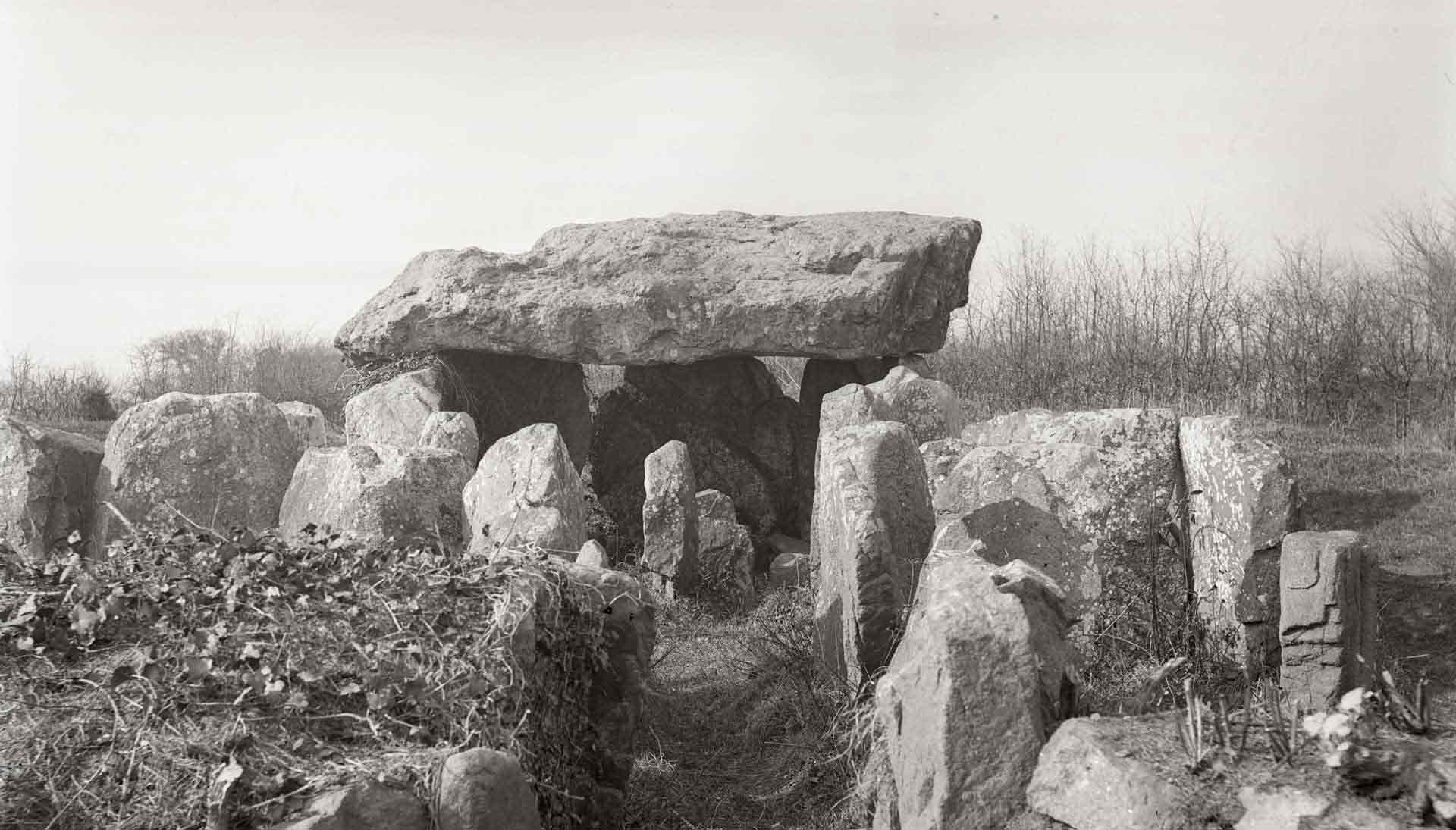
For others, including SJ CEO Rebecca Bailhache, the society represents something more personal. Rebecca commented: “When I returned to Jersey after living in India for almost 30 years, my aim was to find a meaningful job which involved me learning about, preserving and promoting our beautiful Island. I became a member of the Société as my father and grandfather had done before me, and when the job announcement came out that the SJ was looking for a CEO to provide continuity to all the important work that its members do, I jumped at the chance to fulfil my wish. The more I discover the complexities of the SJ, the more excited I become about the myriad of opportunities there are to develop, and I am delighted to be a part of this peculiar and extraordinary organisation.”
SJ President Nicolette Le Quesne Westwood also articulated a touching sense of family and community connection: “For me the Société is a central part of my Island home. My grandparents were members, then my parents, and my brother worked as Keeper of Archaeology for the Société in the days when we had the museum.
“My grandmother was active in the Botany Section, and my mother continued this interest. My brother at seven years old went off on Geology expeditions with Dr John Renouf. Every part of the natural environment and heritage of the Island is a part of me and a part of my blood: the pink granite, the daffodils, the beaches. The Société embodies this sense of belonging and ownership, and I’m proud to be an Islander and a member of this noble organisation.”
And with succinct poignancy, Architect and Building Historian Stuart Fell alluded to what could be in-store for the Société, remarking that to him the organisation symbolises “huge untapped potential”.
Whether it’s attending our programme of events to celebrate our 150th anniversary, becoming a member of the Société, or even browsing our online photographic archive, we hope you’ll be part of the next chapter in our story.
With many thanks to our contributing members and to Roger Long for additional research.
Written by Martha Macdonald
